Fruits are often hailed as nature’s perfect snack—sweet, portable, and packed with nutrients. But not all fruits are created equal. While many offer powerful health benefits like fiber, antioxidants, and essential vitamins, others come with hidden drawbacks like high sugar content that can derail your wellness goals. We asked the experts to weigh in on the best fruits to eat regularly—and the ones they suggest enjoying more sparingly. From antioxidant-rich berries to fiber-loaded tropical picks, here are 11 fruits nutritionists swear by—and 3 that may not be as healthy as you think when eaten in excess.
1. Blueberries
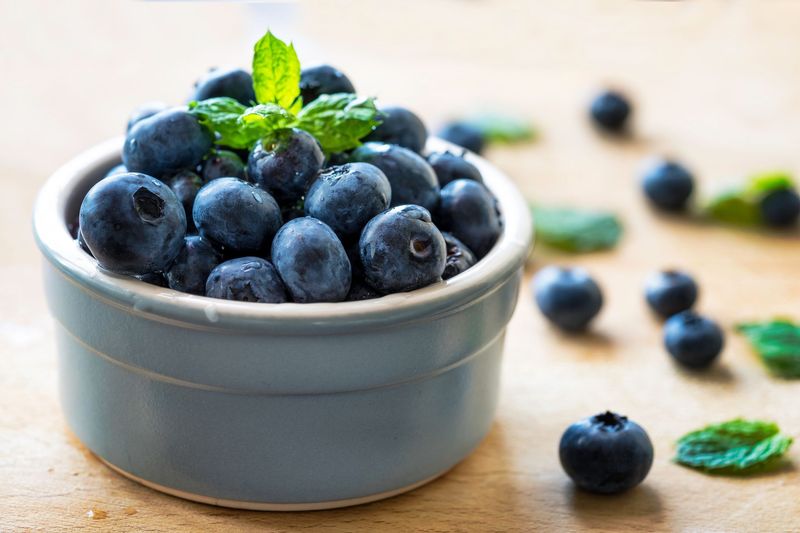
These tiny blue powerhouses pack an incredible nutritional punch! Loaded with antioxidants that fight harmful free radicals in your body, blueberries help protect your cells from damage. The special plant compounds called anthocyanins give blueberries their vibrant color and have been linked to improved brain function and memory.
Research suggests eating them regularly might even slow brain aging! A single cup offers 4 grams of fiber and plenty of vitamin C with relatively low sugar compared to many fruits. Fresh or frozen, they’re equally nutritious, making them perfect for year-round enjoyment in smoothies, oatmeal, or simply by the handful.
2. Apples
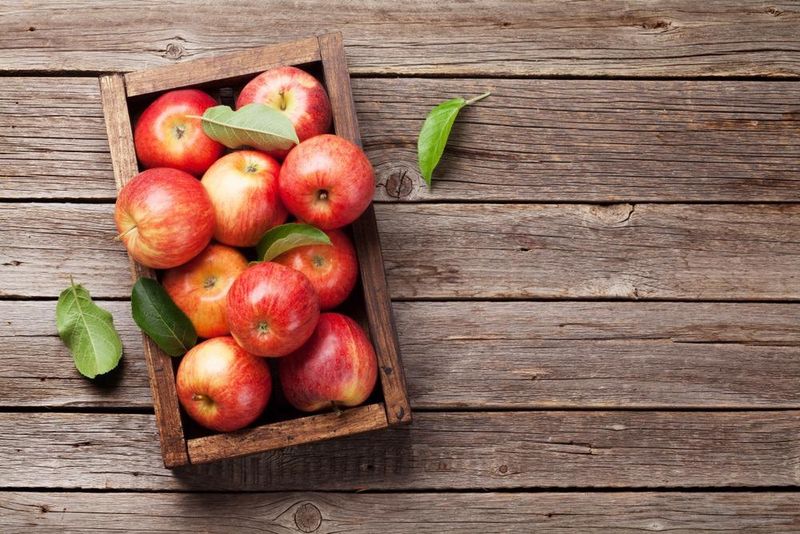
The old saying holds more truth than you might think! Apples contain a special type of fiber called pectin that acts as a prebiotic, feeding the good bacteria in your gut and supporting digestive health. Crunching into an apple provides a satisfying mix of both soluble and insoluble fiber, helping you feel full longer while keeping things moving through your digestive system. The skin contains most of the nutrients, including quercetin, a plant compound with anti-inflammatory benefits. Available year-round in numerous varieties from sweet to tart, apples make perfect portable snacks. Their natural sweetness paired with fiber helps prevent blood sugar spikes better than many other fruits.
3. Avocados
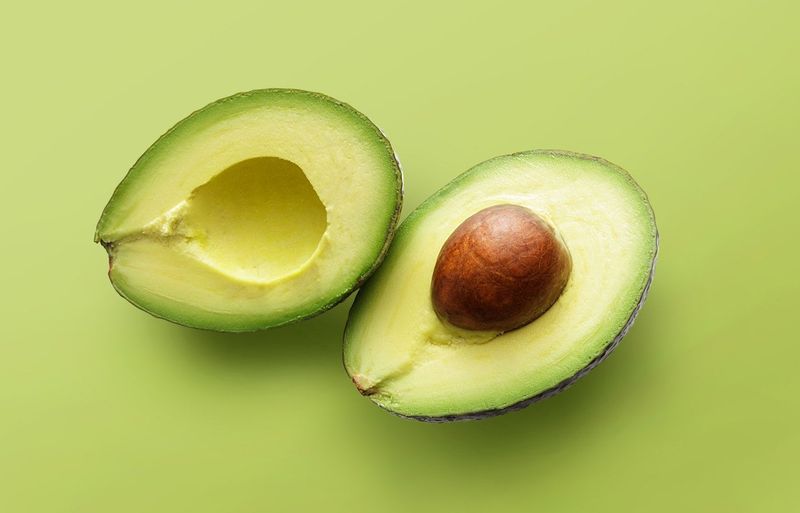
Technically a fruit, avocados break the mold by offering healthy fats instead of the sugars found in most fruits. Their creamy texture comes from monounsaturated fats – the heart-healthy kind that may help lower bad cholesterol levels. Beyond healthy fats, avocados deliver nearly 20 different vitamins and minerals. They’re particularly rich in potassium (more than bananas!) and vitamin E, which supports skin health and immune function.
The fat content makes avocados especially helpful for absorbing fat-soluble vitamins from other foods you eat alongside them. Spread on toast, added to smoothies, or mashed into guacamole, this versatile fruit adds nutrition and satisfaction to countless dishes.
4. Raspberries
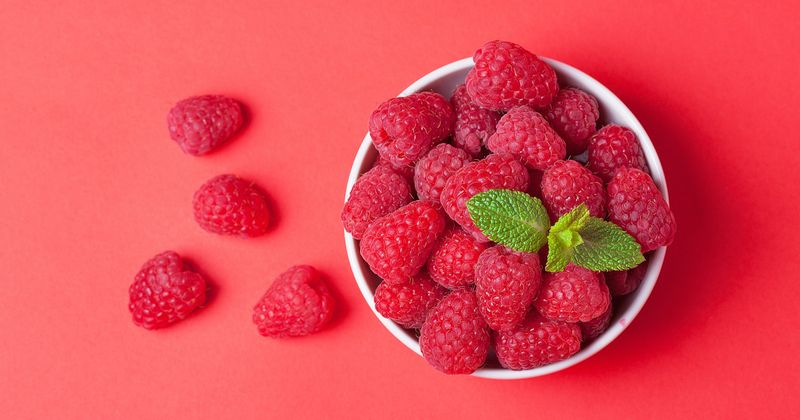
For a tiny package, raspberries deliver massive benefits! With an impressive 8 grams of fiber per cup, they rank among the highest fiber fruits available, helping keep your digestive system running smoothly. Their fiber content creates a slow release of natural sugars into your bloodstream, preventing the spikes and crashes that can leave you feeling tired.
The bright red color comes from compounds called anthocyanins that fight inflammation throughout your body. Raspberries contain ellagic acid, a unique compound being studied for potential cancer-fighting properties. Fresh or frozen, these delicate berries add a perfect sweet-tart balance to yogurt, desserts, or simply enjoyed on their own as a naturally low-sugar treat.
5. Guava
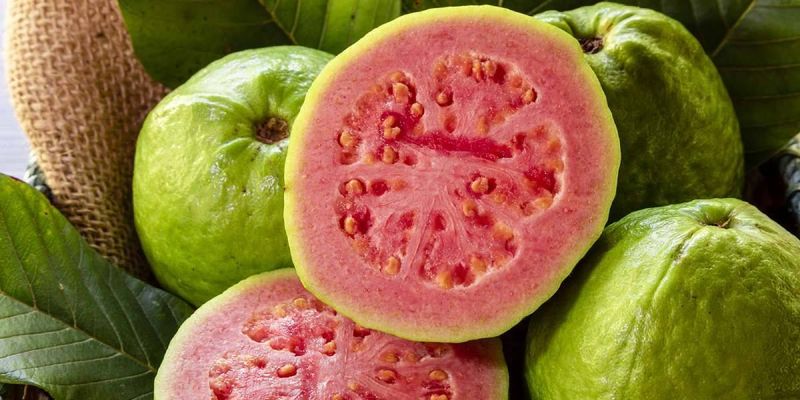
This tropical treasure might not be on your regular shopping list, but nutritionists think it should be! A single guava packs more vitamin C than an orange – almost four times the daily recommended amount – boosting your immune system and skin health. The impressive 8.9 grams of fiber per cup helps control blood sugar levels and keeps your digestive system running smoothly. Guavas also contain lycopene, the same heart-healthy compound found in tomatoes that gives them their pink-red color. Unlike many tropical fruits, guavas have a relatively low glycemic index, meaning they won’t cause dramatic spikes in blood sugar. Enjoy them fresh by slicing and eating with the skin on, or blend them into smoothies for a tropical twist.
6. Pomegranates
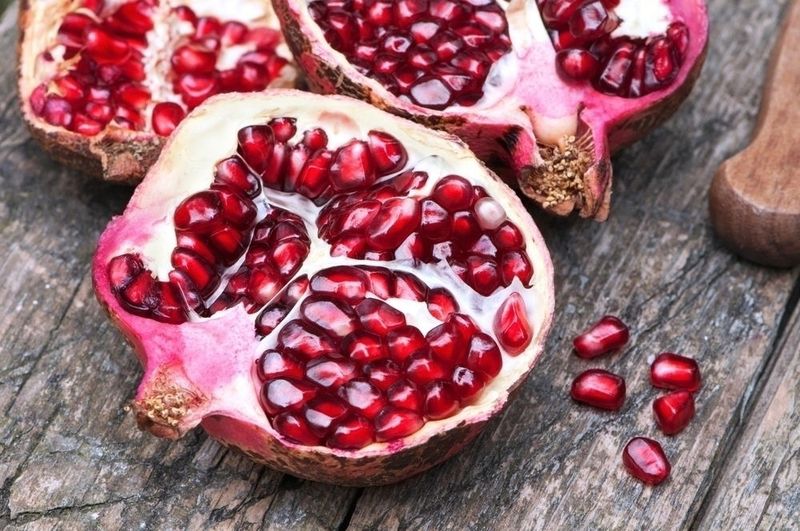
Breaking open a pomegranate reveals hundreds of ruby-red arils (seed pods) bursting with sweet-tart juice and exceptional nutrition. These jewel-like seeds contain potent antioxidants called punicalagins that may be three times more powerful than those in green tea or red wine! Research suggests pomegranate compounds may help reduce inflammation, lower blood pressure, and even slow the growth of prostate cancer cells. The juice has been studied for its ability to improve blood flow and potentially reverse arterial plaque buildup. While somewhat labor-intensive to eat, the nutritional payoff is worth the effort. Try sprinkling the seeds over salads or yogurt, or use a juicer to extract the vibrant, tangy juice for a powerful antioxidant boost.
7. Kiwi
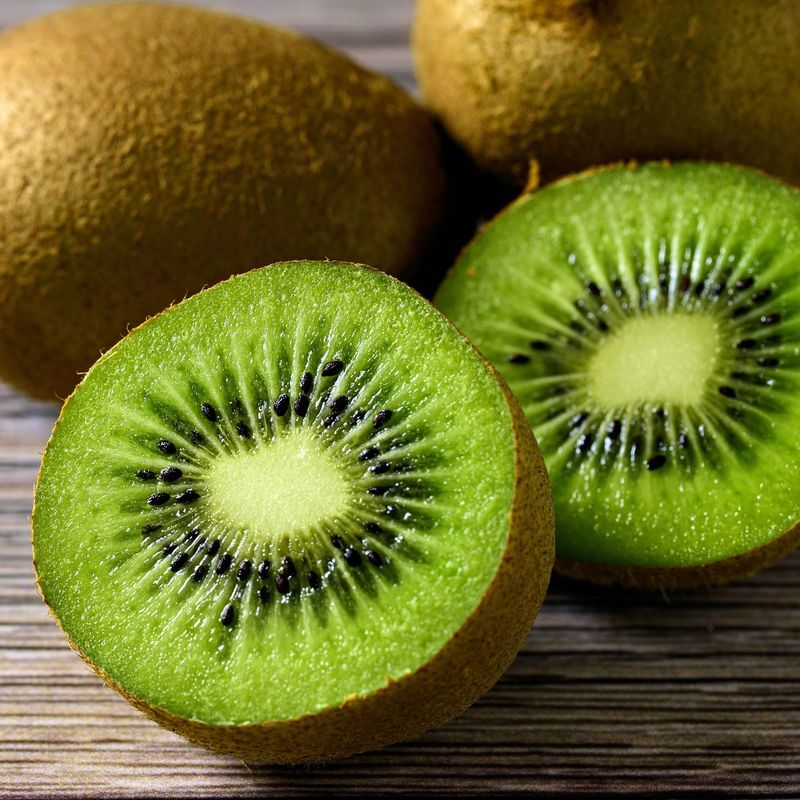
Don’t let the fuzzy brown exterior fool you – kiwis are nutritional champions! A single medium kiwi contains more vitamin C than an orange, supporting your immune system, skin health, and wound healing. The green flesh is packed with vitamin K for healthy blood clotting and bone strength, plus vitamin E that protects cells from damage.
Kiwis also contain a unique enzyme called actinidin that helps break down protein during digestion, potentially easing digestive discomfort. Studies suggest eating kiwis before bed might even improve sleep quality thanks to their serotonin content. Slice and eat with the skin on for extra fiber and nutrients, or peel and add to fruit salads, smoothies, or enjoy them on their own for a refreshing snack.
8. Blackberries
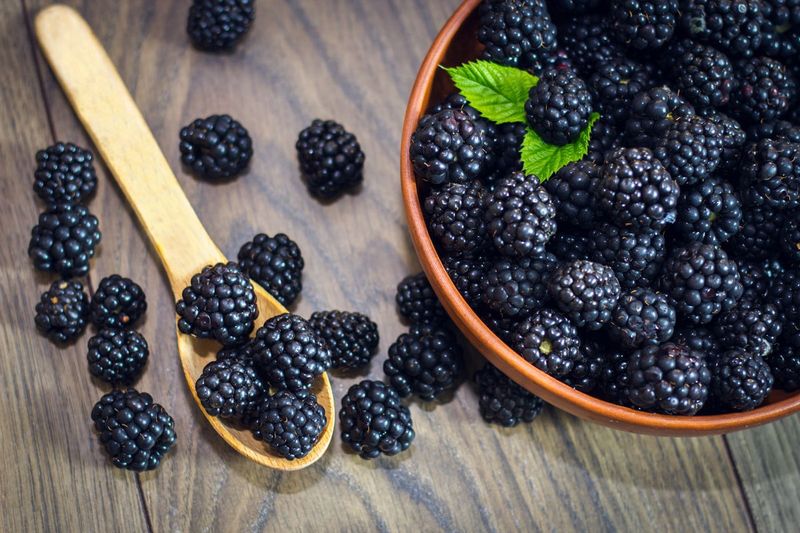
These dark purple berries are nutrition superstars hiding in plain sight! With a whopping 7.6 grams of fiber per cup, blackberries help keep you feeling full while supporting healthy digestion and stable blood sugar levels. Their deep color comes from anthocyanins – powerful antioxidants that fight inflammation and may help protect brain cells from aging.
Blackberries also provide vitamin K for bone health and manganese that helps your body produce energy from the foods you eat. Despite their sweet-tart flavor, blackberries are surprisingly low in sugar compared to many other fruits. Add them to morning oatmeal, toss into salads, or freeze them for a refreshing treat that’s like nature’s candy with health benefits in every bite.
9. Papaya
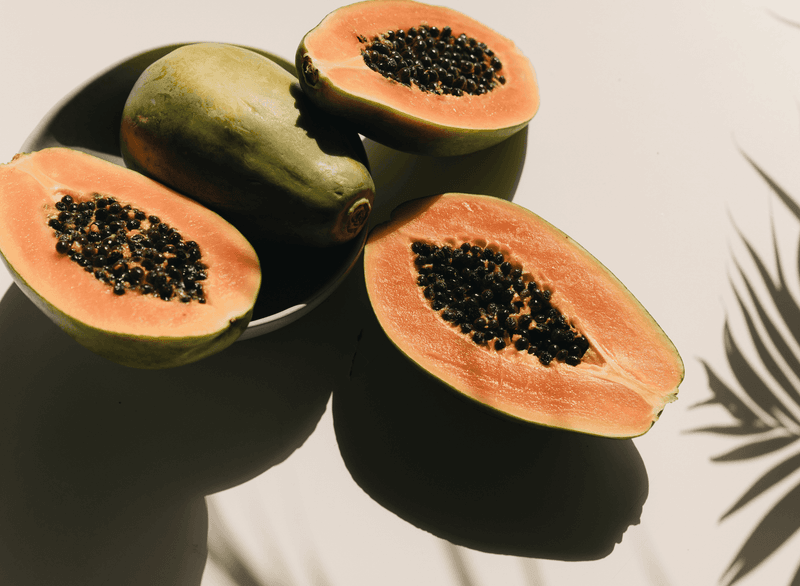
Tropical papaya brings a taste of paradise along with impressive health benefits! The bright orange flesh contains papain, a digestive enzyme that helps break down proteins and may ease digestive troubles like bloating and constipation. Rich in antioxidants like lycopene and beta-carotene, papaya supports heart health and may help reduce inflammation throughout the body.
Just one cup provides over twice your daily vitamin C needs, boosting immunity and collagen production for healthy skin. The black seeds inside are edible too – they have a peppery flavor and contain compounds with potential antimicrobial benefits. Enjoy papaya fresh with a squeeze of lime, blended into smoothies, or added to savory dishes like salsa for a tropical twist.
10. Oranges
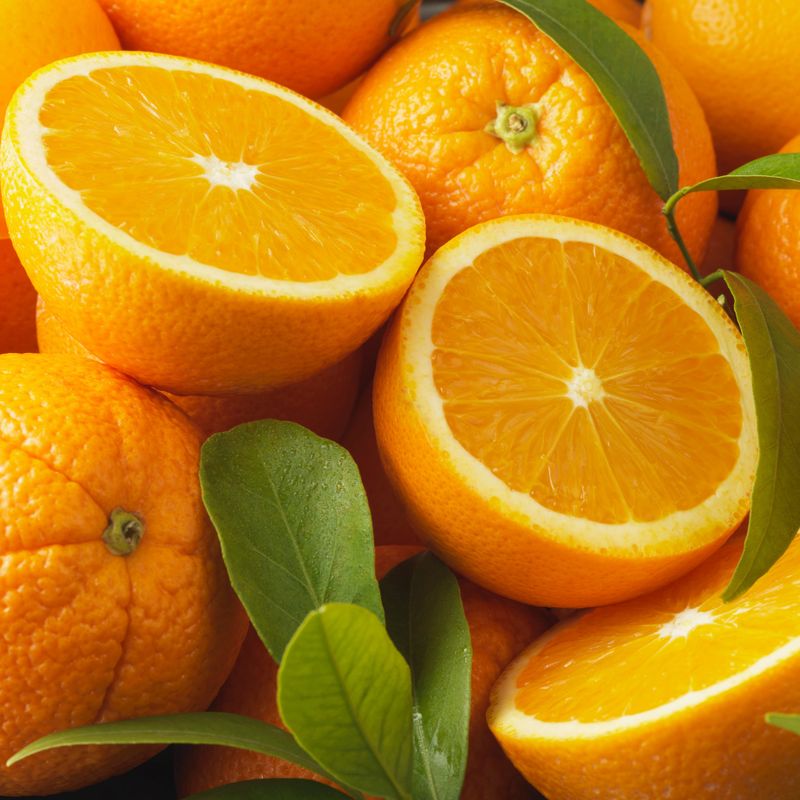
The classic citrus fruit deserves its stellar reputation! Beyond the well-known vitamin C content that supports immune function, oranges offer over 170 different phytochemicals and more than 60 flavonoids with anti-inflammatory effects. Their high water content (about 87%) makes oranges naturally hydrating, while the natural sugars provide quick energy without causing dramatic blood sugar spikes thanks to the fiber content. The white pith between the flesh and peel, though slightly bitter, contains valuable hesperidin that supports healthy blood vessels. Oranges travel well and don’t require refrigeration, making them perfect on-the-go snacks. For maximum nutrition, eat the whole fruit rather than just drinking the juice – you’ll get more fiber and feel fuller longer.
11. Bananas
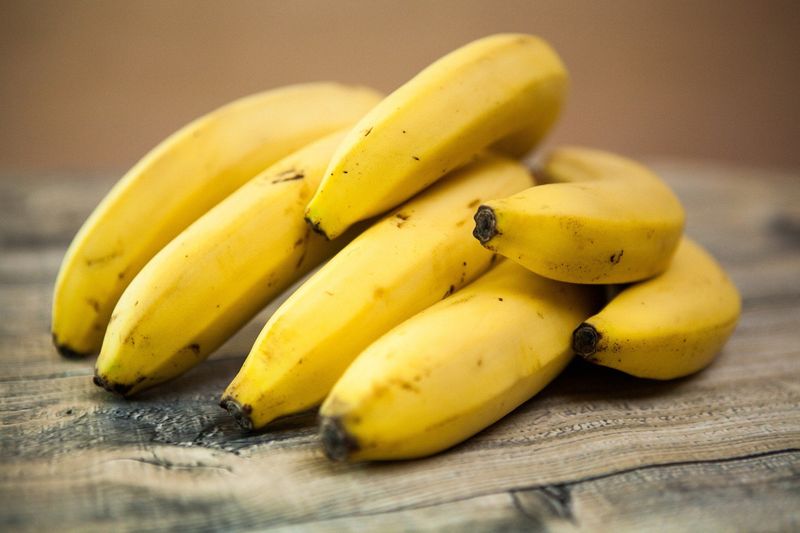
Nature’s perfect portable snack comes in its own biodegradable wrapper! Bananas offer quick energy through natural sugars while providing sustained fuel thanks to their fiber content. The greener the banana, the more resistant starch it contains – a special type of fiber that feeds beneficial gut bacteria. Famous for potassium that supports heart health and muscle function, bananas also provide vitamin B6 needed for brain development and immune function. Their natural compounds may even boost your mood by helping produce serotonin and dopamine in your brain. Unlike most fruits, bananas actually improve as they ripen off the plant, developing more antioxidants as their peels darken. From green to spotted brown, each stage offers different nutritional benefits and flavor profiles for various culinary uses.
12. Cherry
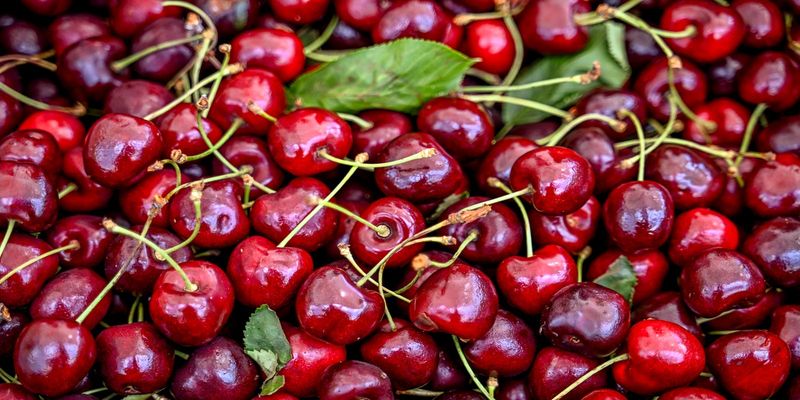
While cherries offer impressive antioxidant benefits from their deep red pigments, they pack a surprising amount of natural sugar into their small size. A cup of sweet cherries contains about 18 grams of sugar – equivalent to more than 4 teaspoons! Their sweetness makes them easy to overeat, potentially leading to blood sugar spikes, especially for people with diabetes or insulin resistance.
Dried cherries concentrate these sugars even further, with some varieties adding extra sugar during processing. Enjoy cherries as an occasional treat rather than an everyday fruit. When you do indulge, pair them with protein or healthy fats to slow sugar absorption. Consider tart cherries as a lower-sugar alternative that still provides the anti-inflammatory benefits cherries are known for.
13. Lychee
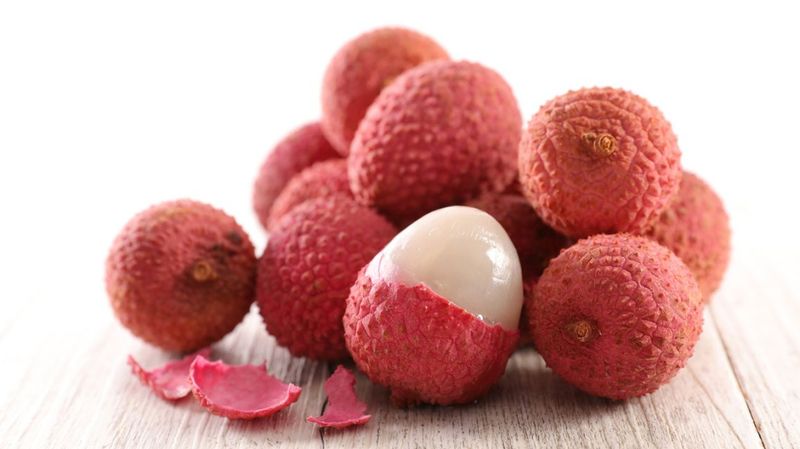
These fragrant, translucent fruits might taste like heaven, but their sugar content deserves respect! A small cup of lychees contains nearly 30 grams of sugar – more than a typical candy bar – making them one of the highest-sugar fruits available. In rare but documented cases, consuming large amounts of lychees on an empty stomach has been linked to dramatic drops in blood sugar, particularly in undernourished children. This is due to compounds that can interfere with glucose metabolism when consumed in excess. Rather than avoiding lychees completely, enjoy them mindfully in small portions as an occasional treat. Their tropical flavor makes them special, but their sugar content means they’re best saved for desserts or special occasions rather than everyday snacking.
14. Figs
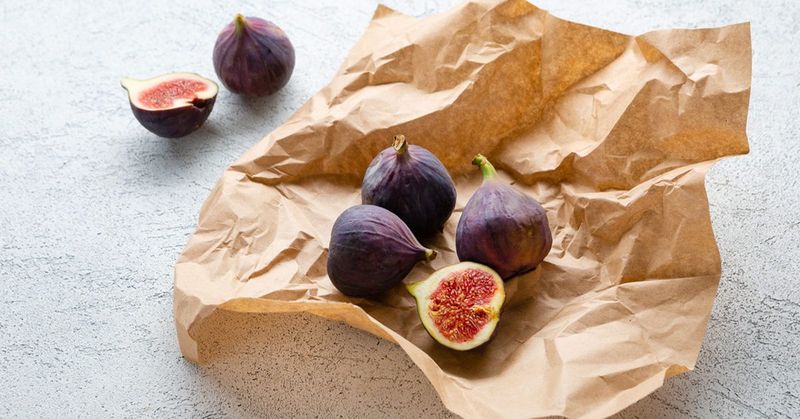
These honey-sweet fruits have been enjoyed since ancient times, but their sugar content deserves modern attention. Fresh figs contain about 10 grams of sugar per 100 grams, but dried figs concentrate this to a whopping 48 grams – nearly as much as candy! The sticky, sweet nature of dried figs also means they can cling to teeth, potentially contributing to dental issues when consumed frequently.
While they do provide beneficial nutrients like calcium and potassium, the calorie density of dried figs makes portion control important. When enjoying figs, opt for fresh when possible and limit dried varieties to small amounts. Pairing them with protein-rich foods like cheese can help balance their sugar impact while creating a satisfying flavor combination that encourages mindful eating.
Leave a comment